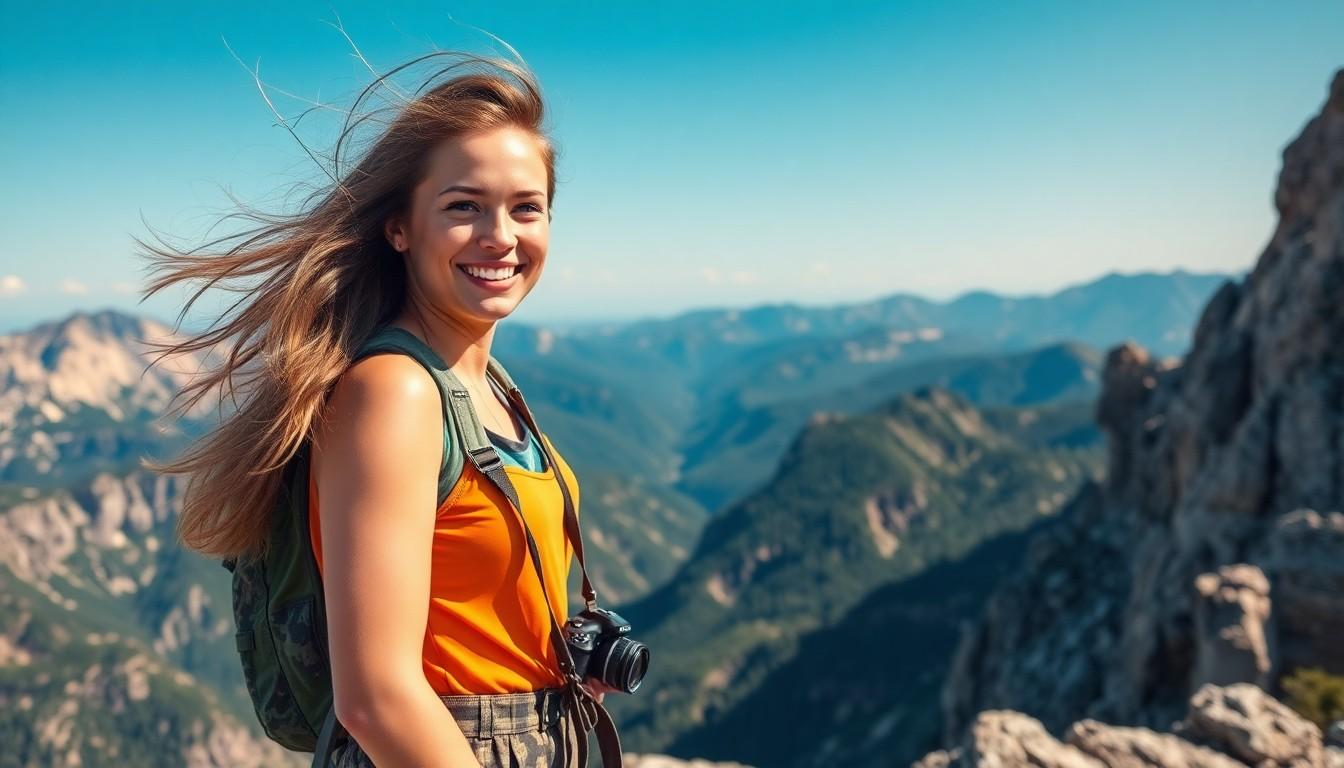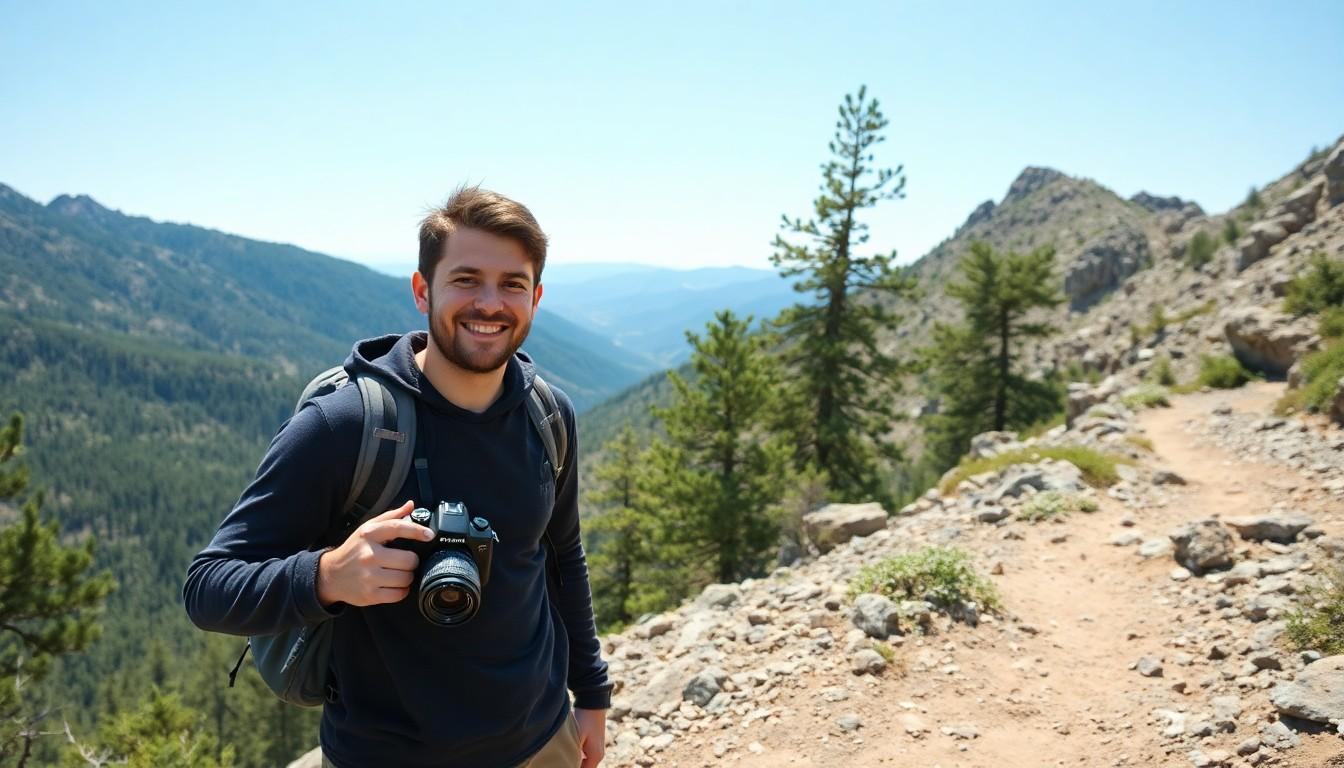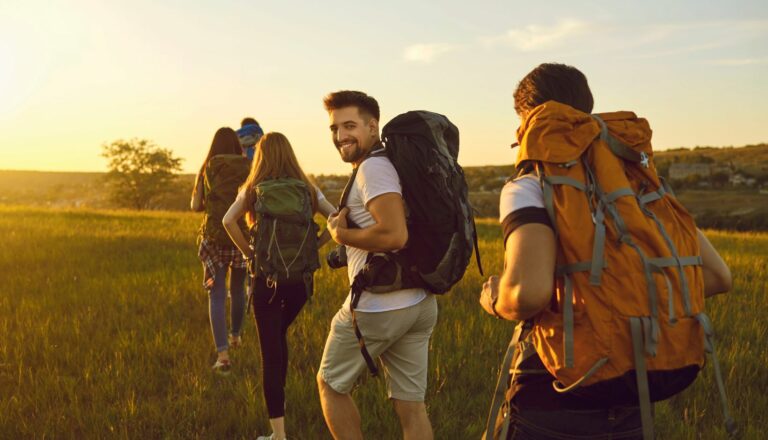In a world where adventure calls from every mountain peak and hidden trail, outdoor lifestyle influencer marketing agencies are the unsung heroes connecting brands with nature-loving audiences. These agencies harness the power of social media to showcase the great outdoors, turning everyday explorers into brand ambassadors. With the right influencers, brands can reach passionate communities eager for authenticity and inspiration.
Imagine a world where your outdoor gear doesn’t just sit on a shelf but becomes the star of breathtaking hikes and epic camping trips. That’s the magic of influencer marketing in the outdoor space. It’s not just about selling products; it’s about crafting experiences that resonate with adventure enthusiasts. So, whether you’re a brand looking to make a splash or an influencer ready to chase sunsets, this article dives into the world of outdoor influencer marketing and how it can elevate your game.
Outdoor Lifestyle Influencer Marketing Agency
Outdoor lifestyle influencer marketing connects brands with audiences who share a passion for adventure and nature. This marketing strategy uses social media platforms to highlight authentic experiences that resonate with outdoor enthusiasts. Influencers, often seen as trusted figures in the community, share their journeys and experiences, effectively promoting products and brands aligned with their values.
Agencies specialize in identifying and cultivating these relationships, ensuring brands connect with the right influencers. These agencies analyze audience demographics, engagement metrics, and influencer authenticity to build successful partnerships. Influencer campaigns drive brand awareness and foster a sense of community among followers.
Experiences shared by influencers often evoke emotions, whether through stunning visuals or relatable storytelling. Content can range from hiking trips to camping adventures, showcasing products in action. Brands benefit from increased visibility as influencers provide genuine recommendations.
The impact of influencer marketing extends beyond product promotion. Engaging with outdoor lifestyle influencers creates opportunities for brands to participate in conversations that matter to their target market. By aligning with influencers, brands can demonstrate their commitment to sustainability and outdoor culture, appealing to environmentally conscious consumers.
Finally, metrics show that influencer marketing campaigns yield higher return on investment compared to traditional advertising methods. Reports suggest that influencer-generated content can result in up to 11 times the ROI of standard digital marketing efforts. Leveraging influencers who genuinely resonate with outdoor audiences transforms brands into respected members of the outdoor community.
Importance of Influencer Marketing in the Outdoor Industry

Influencer marketing significantly impacts outdoor brands by establishing genuine connections with target audiences. By sharing authentic experiences, influencers help brands build trust and credibility, which is vital in a competitive market.
Building Trust and Credibility
Trust forms the cornerstone of any successful marketing campaign. Influencers often represent shared values between brands and consumers, cultivating authenticity. Their followers regard these individuals as relatable figures, making recommendations more impactful. Brands that partner with trusted influencers gain instant credibility in the outdoor community. This approach aligns with audience expectations and amplifies brand messaging through genuine engagement.
Engaging Target Audiences
Engagement serves as a critical component of influencer marketing. Outdoor lifestyle influencers create rich content that resonates with adventure enthusiasts. Followers eagerly await posts featuring breathtaking landscapes and thrilling activities. These visuals prompt conversations about experiences and values, fostering a sense of belonging. Agencies leverage data analytics to identify specific demographics, ensuring brands connect with the right audiences. Creative storytelling drives deeper engagement, encouraging communities to share and participate, ultimately enhancing brand visibility.
Key Strategies for Successful Campaigns
Outdoor lifestyle influencer marketing thrives on strategic approaches that enhance brand visibility and authenticity. Implementing targeted strategies is essential for maximizing the impact of these campaigns.
Selecting the Right Influencers
Choosing suitable influencers ensures alignment with brand values and audience interests. Begin by analyzing potential influencers’ follower demographics, engagement rates, and content style. Opt for individuals with a genuine passion for the outdoors. This authenticity attracts followers who value credibility. Various platforms allow agencies to assess influencers’ past collaborations and audience interaction. Successful partnerships stem from genuine connections, as trust enhances the effectiveness of the marketing message. Influencers who embody the brand’s ethos communicate messages more naturally, fostering a loyal customer base.
Creating Authentic Content
Authenticity drives engagement in outdoor lifestyle campaigns. Brands benefit from encouraging influencers to share personal experiences while showcasing products. Relatable storytelling and stunning visuals captivate audiences seeking connection with nature. Incorporating user-generated content strengthens community involvement. This method resonates well with outdoor enthusiasts, inspiring them to engage and share. Crafting campaigns centered around meaningful experiences fosters a sense of belonging among followers. Encouraging influencers to be themselves deepens relationships with audiences. Authentic content not only promotes products but also cultivates a lifestyle that aligns with adventure and exploration.
Metrics for Measuring Success
Tracking success in outdoor lifestyle influencer marketing involves various key metrics. Engagement rate stands out as a primary measure. This metric reflects how followers interact with content, including likes, comments, and shares. High engagement rates generally indicate strong connections between influencers and their audiences.
Another important metric is reach. Reach measures how many unique users see content, helping brands understand the size of the audience engaged. Impressions also provide valuable insights, detailing how often content appears on followers’ screens. These metrics combined offer a comprehensive view of brand visibility.
Conversion rates serve as a direct indicator of campaign effectiveness. By analyzing the percentage of users who take desired actions, such as making purchases or signing up for newsletters, brands gauge the impact of influencer collaborations. Successful campaigns often report higher conversion rates compared to traditional marketing methods.
Tracking website traffic from social media posts provides additional insights. Using tools like UTM parameters allows brands to measure traffic directly attributed to influencer content. Understanding this data helps refine marketing strategies and improve targeting for future campaigns.
Sentiment analysis offers another layer of evaluation. This metric assesses audience perceptions and feelings toward the brand and influencer content. Positive sentiment signals successful messaging, while negative sentiment can identify areas for improvement.
Lastly, return on investment (ROI) remains a crucial factor. Influencer marketing campaigns have shown to generate up to 11 times the ROI of traditional digital marketing efforts. By prioritizing these metrics, brands can evaluate the effectiveness of their influencer partnerships and make data-driven decisions moving forward.
Trends in Outdoor Lifestyle Influencer Marketing
The rise of experiential content highlights a significant trend in outdoor lifestyle influencer marketing. Influencers create immersive narratives that showcase products in real-life outdoor settings, enhancing authenticity and relatability. Visual storytelling captures the beauty of nature and engages audiences emotionally, making it more likely for them to connect with the brand.
Another trend revolves around niche audiences. Brands increasingly seek influencers who specialize in particular outdoor activities, such as rock climbing or kayaking, which allows for targeted messaging. These niche influencers often cultivate strong community ties, enabling brands to reach dedicated followers who share a common passion.
Sustainability also plays a critical role in shaping influencer marketing strategies. As consumers become more environmentally conscious, brands are prioritizing partnerships with influencers who advocate for eco-friendly practices. This alignment fosters trust among followers and enhances the brand’s credibility within the outdoor community.
Data-driven decision making continues to gain prominence. Agencies leverage analytics to identify key performance indicators, including engagement rates and audience demographics. This approach ensures that brands collaborate with influencers whose follower bases align with their target markets.
Moreover, collaborative campaigns are gaining traction. Brands increasingly co-create content with influencers, incorporating their unique perspectives to produce authentic and engaging material. Collaborative efforts lead to richer narratives, which resonate more with audiences and promote deeper connections.
Finally, measuring impact through advanced metrics remains essential. Tracking ROI is crucial, as influencer campaigns can yield up to 11 times the return compared to traditional digital marketing. Brands that focus on measurable outcomes can adapt their strategies, ensuring continued relevance and community engagement in the ever-evolving landscape of outdoor lifestyle influencer marketing.
Essential for Brands
Outdoor lifestyle influencer marketing agencies are essential for brands looking to connect with passionate nature enthusiasts. By fostering authentic relationships between brands and influencers, these agencies enable meaningful storytelling that resonates with audiences.
As the outdoor industry evolves, the importance of genuine connections and sustainability becomes even more pronounced. Brands that leverage the power of influencers can create memorable experiences that not only promote products but also build a strong sense of community.
By focusing on engagement and authenticity, brands can establish themselves as trusted members of the outdoor community, ultimately driving higher returns on investment. Embracing these strategies will ensure brands thrive in the competitive landscape of outdoor lifestyle marketing.




